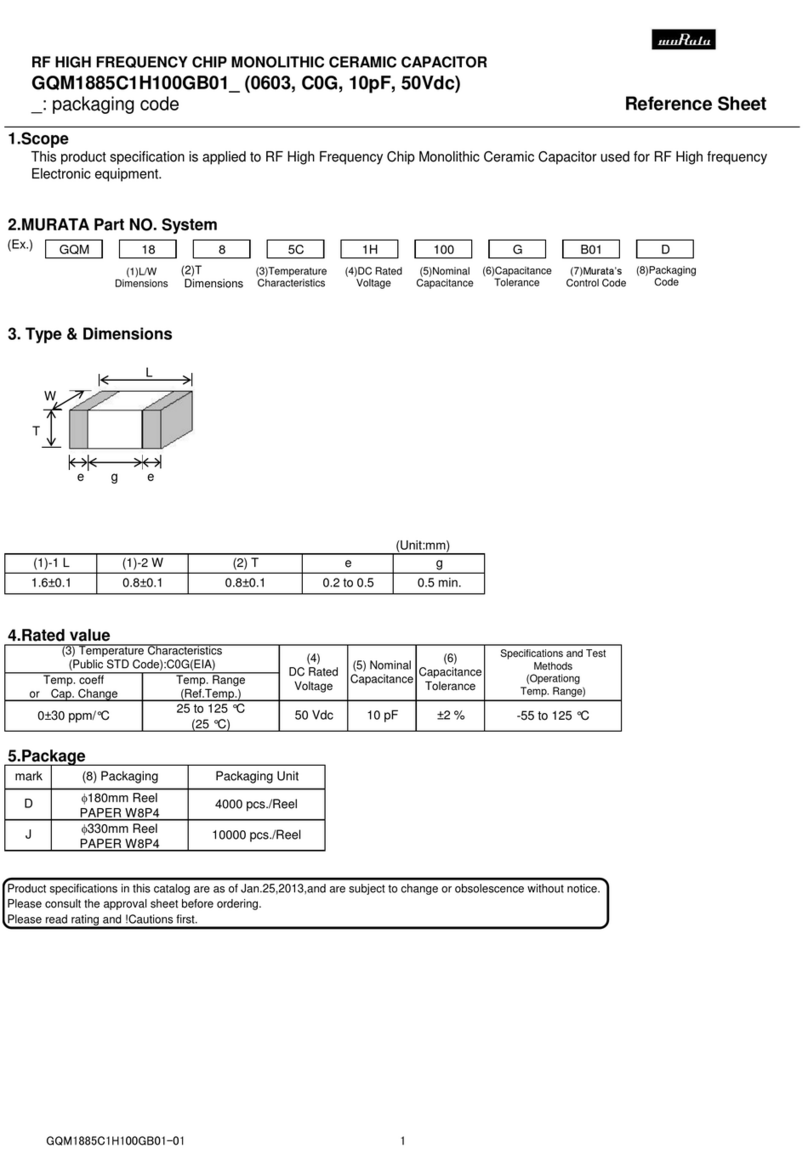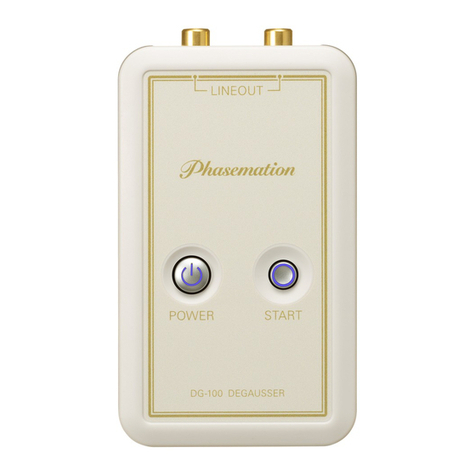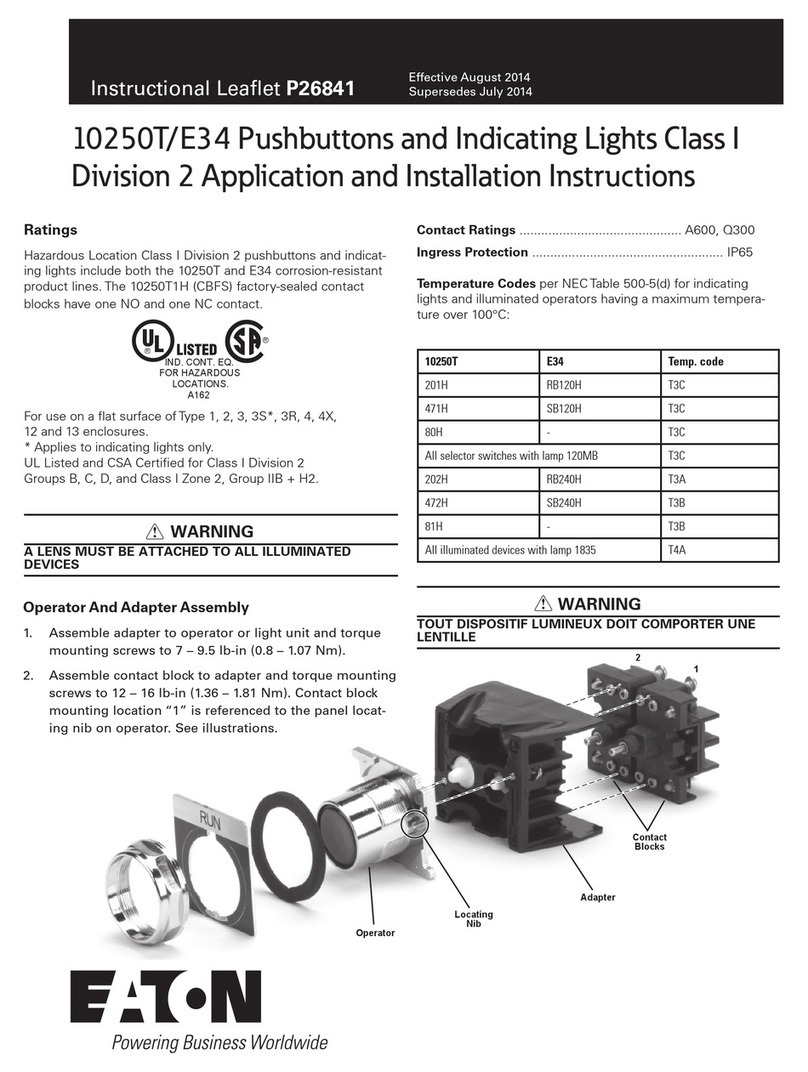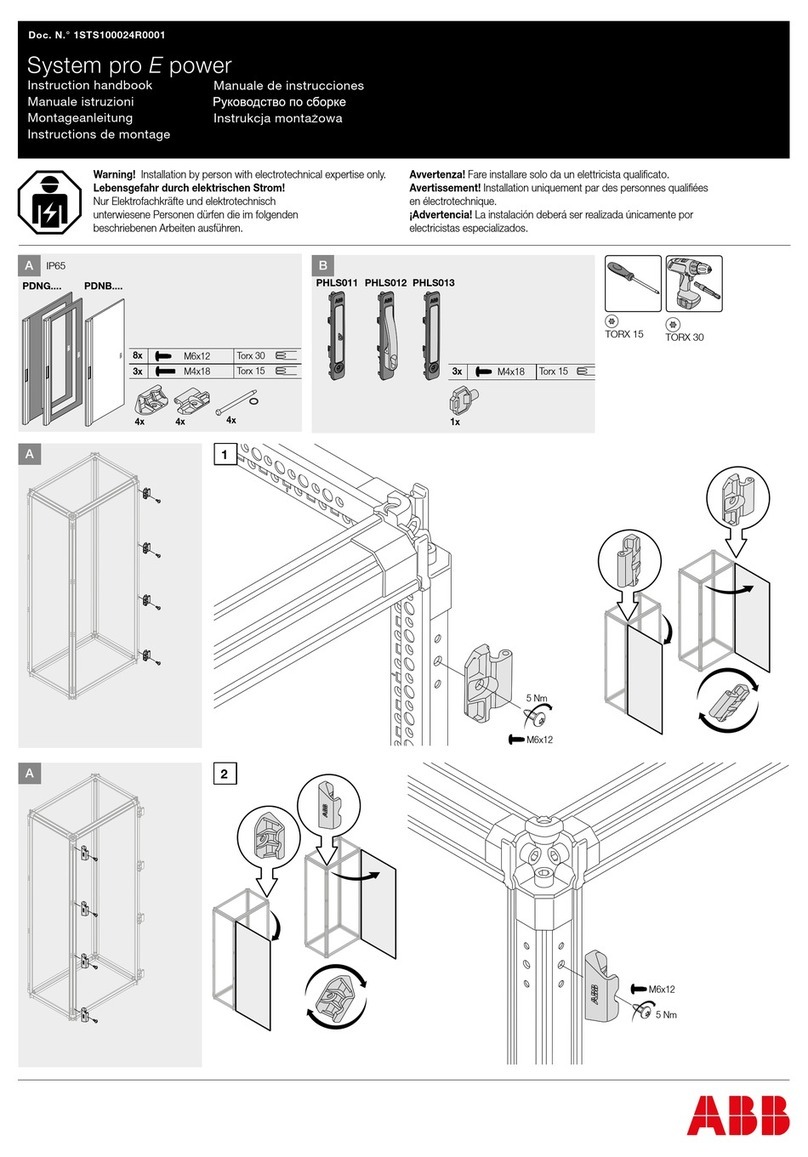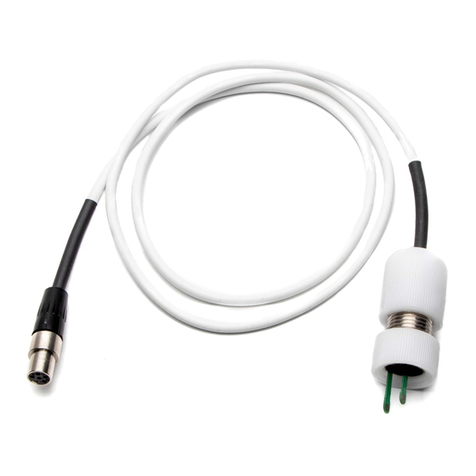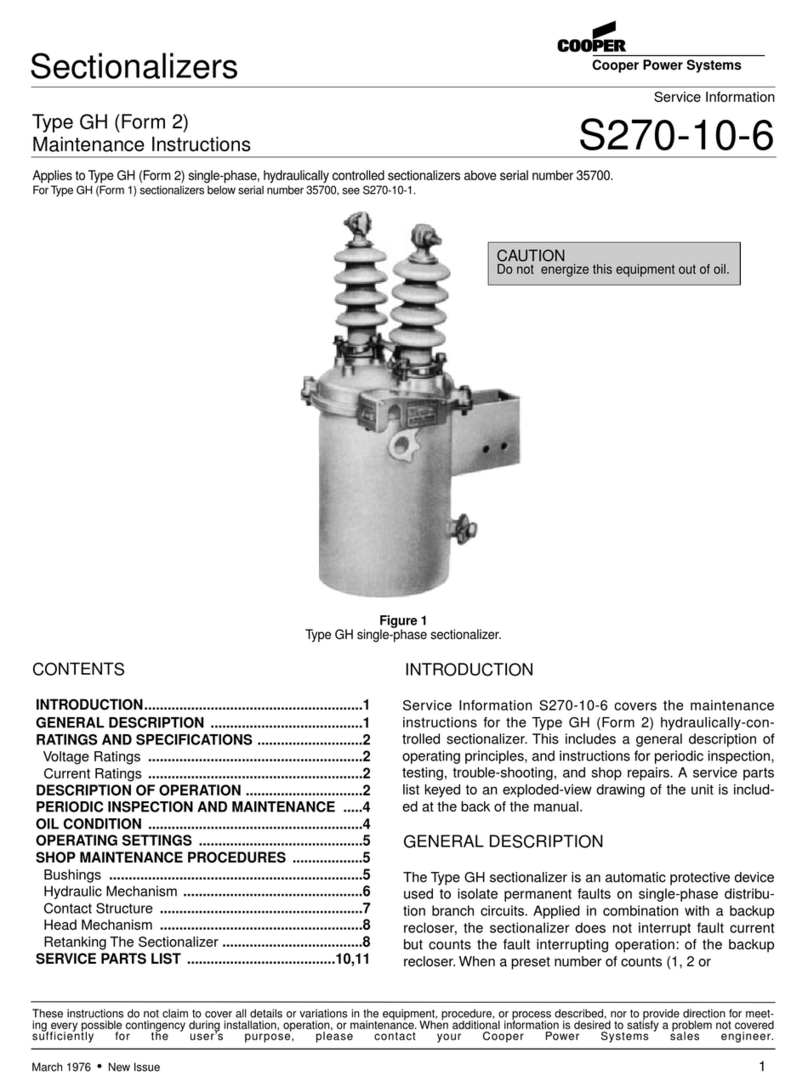Murata LLM315R71C224MA11 Series User manual
Other Murata Industrial Electrical manuals
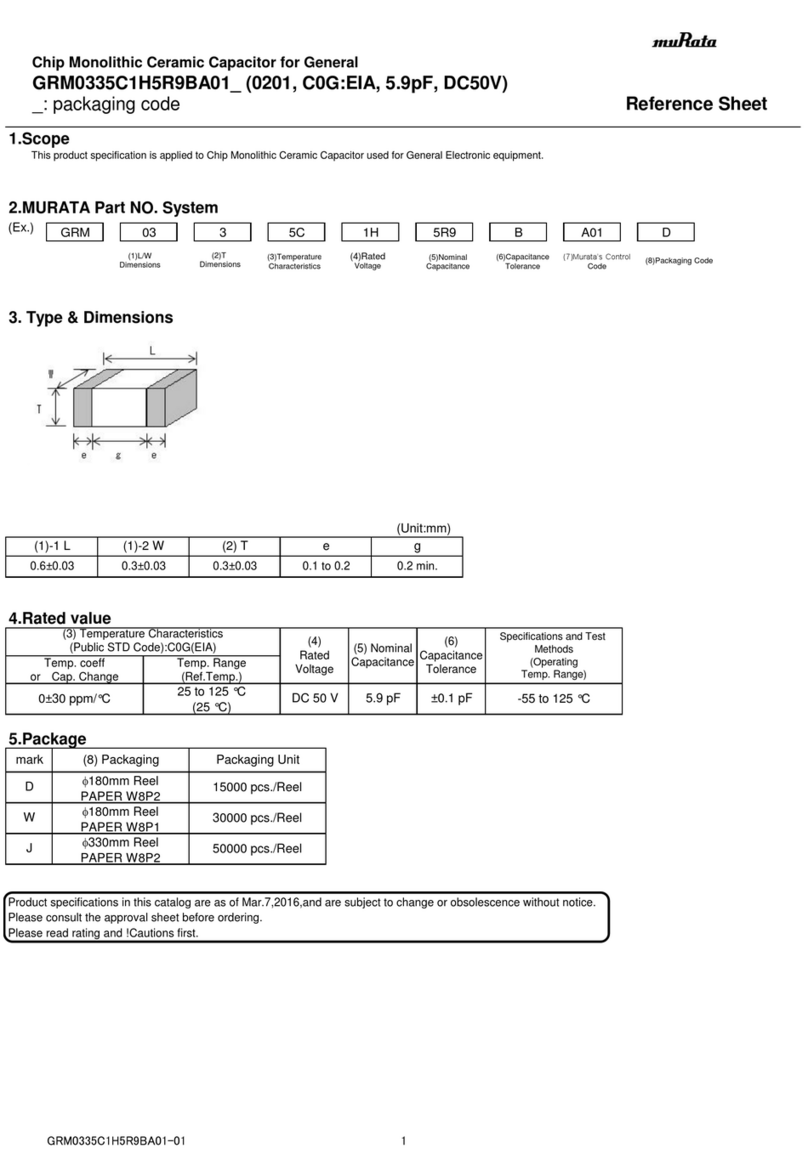
Murata
Murata GRM0335C1H5R9BA01 Series User manual
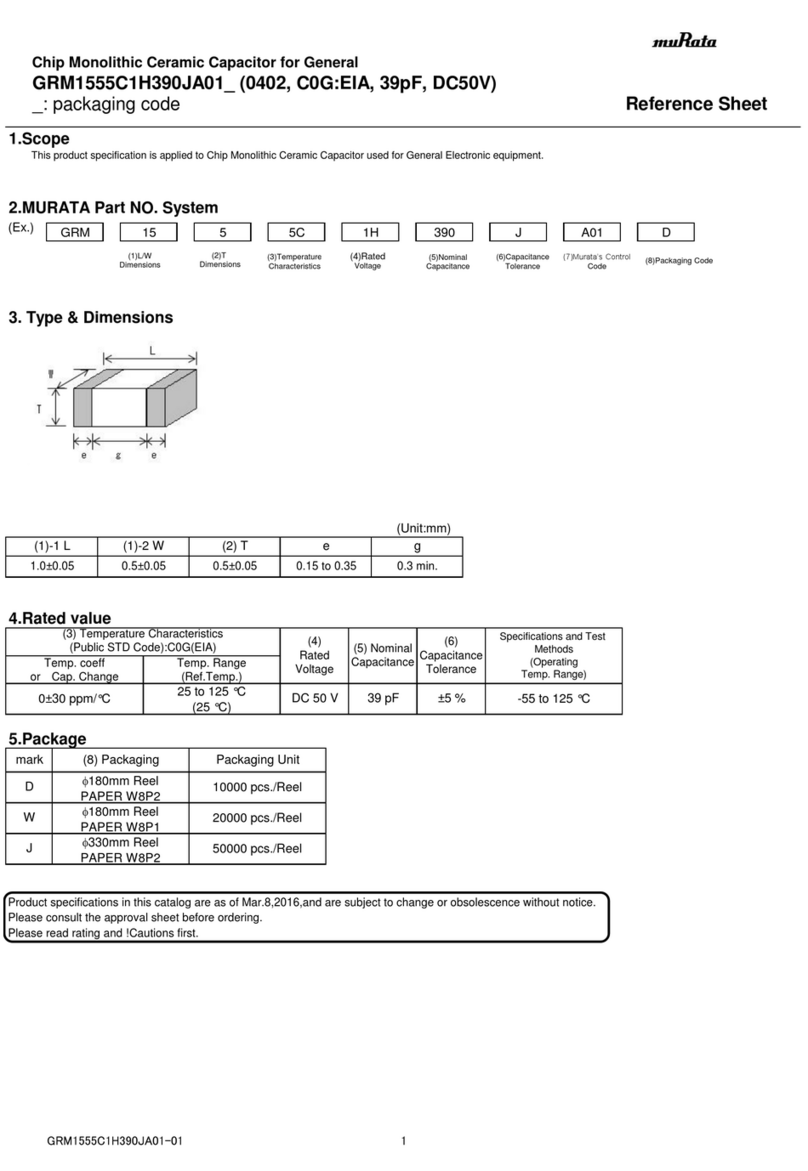
Murata
Murata GRM1555C1H390JA01 Series User manual

Murata
Murata GRM0335C1H8R4CA01 Series User manual
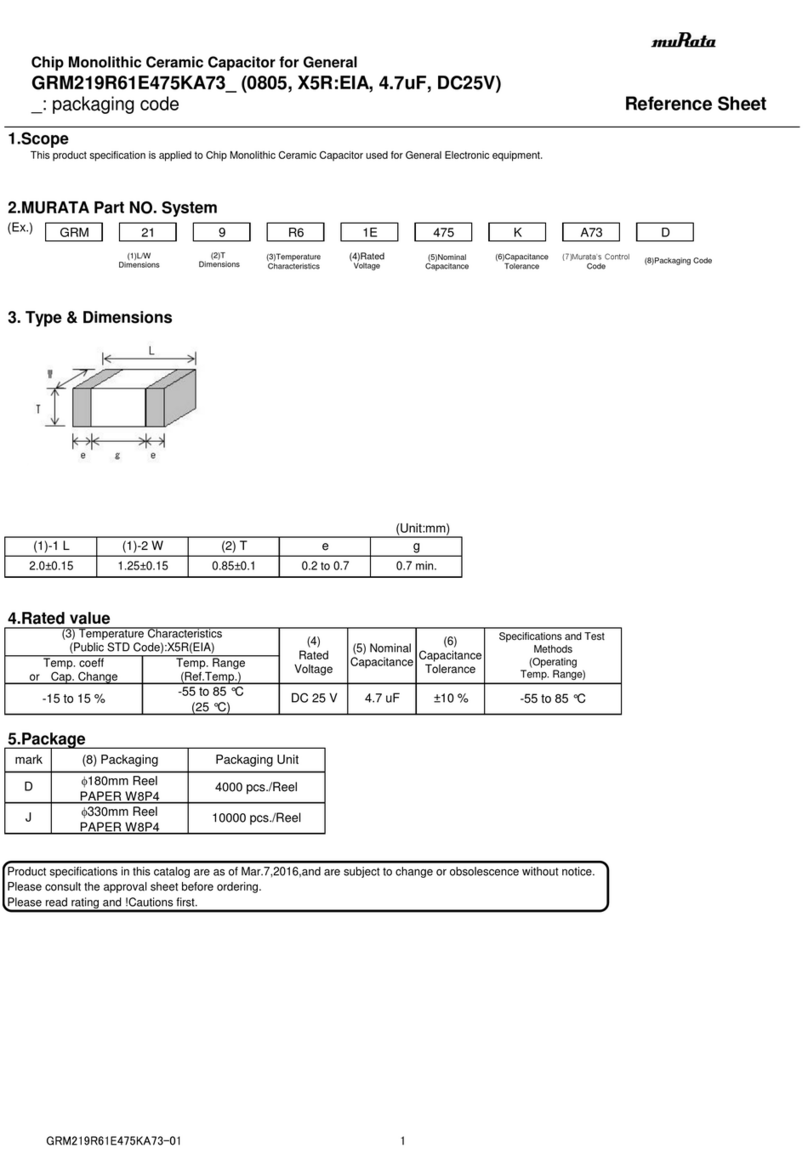
Murata
Murata GRM219R61E475KA73 Series User manual

Murata
Murata GRM2165C2A131JA01 Series User manual
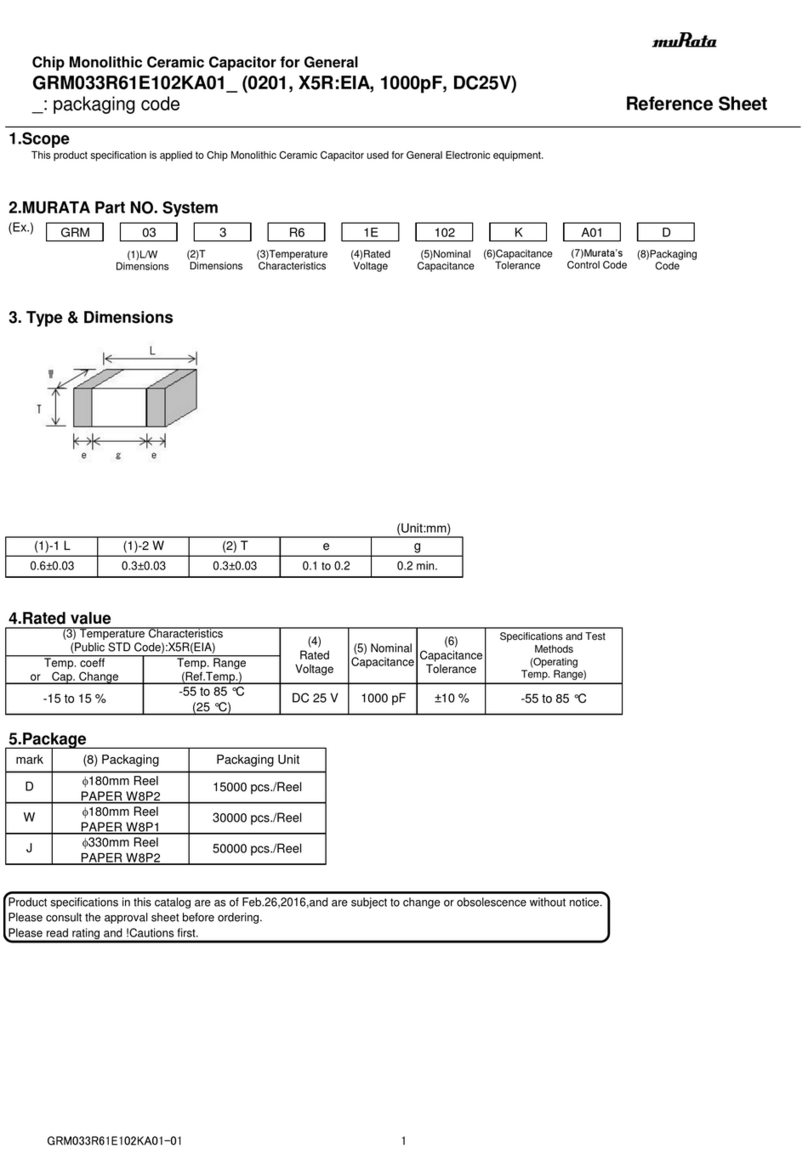
Murata
Murata GRM033R61E102KA01 Series User manual

Murata
Murata GRM2165C1H152JA01 Series User manual
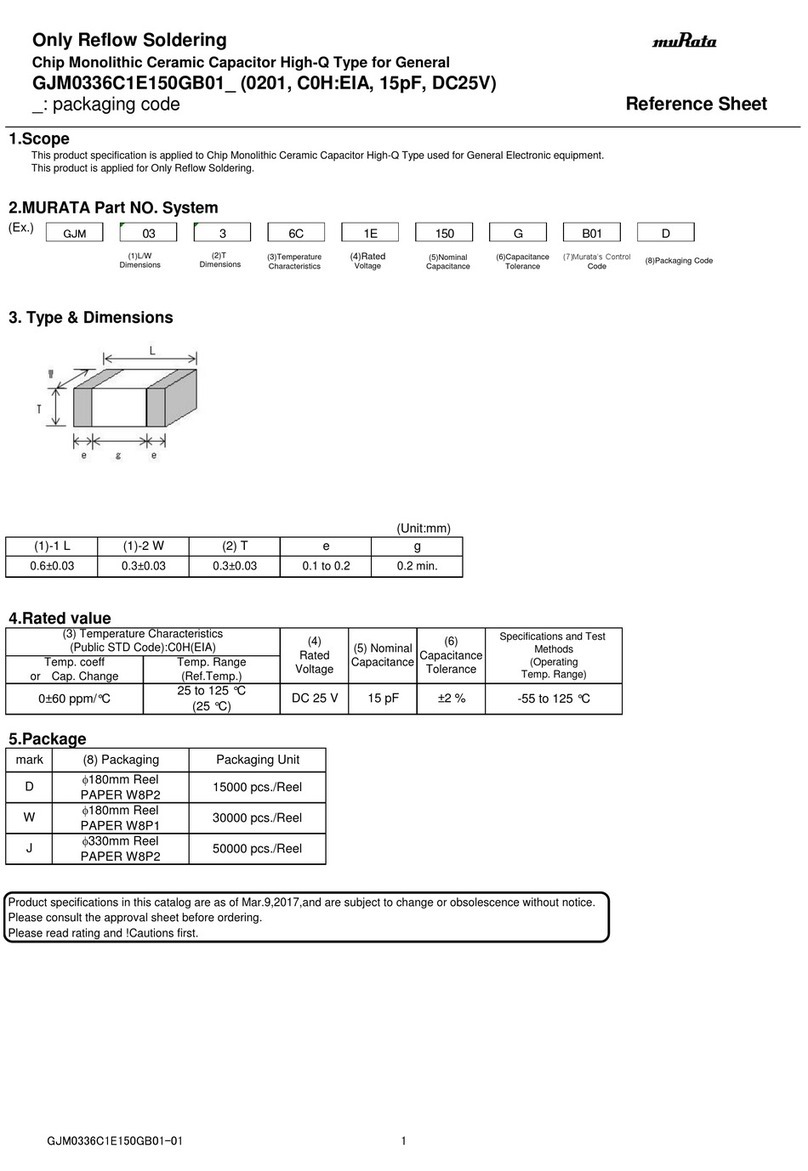
Murata
Murata GJM0336C1E150GB01 Series User manual
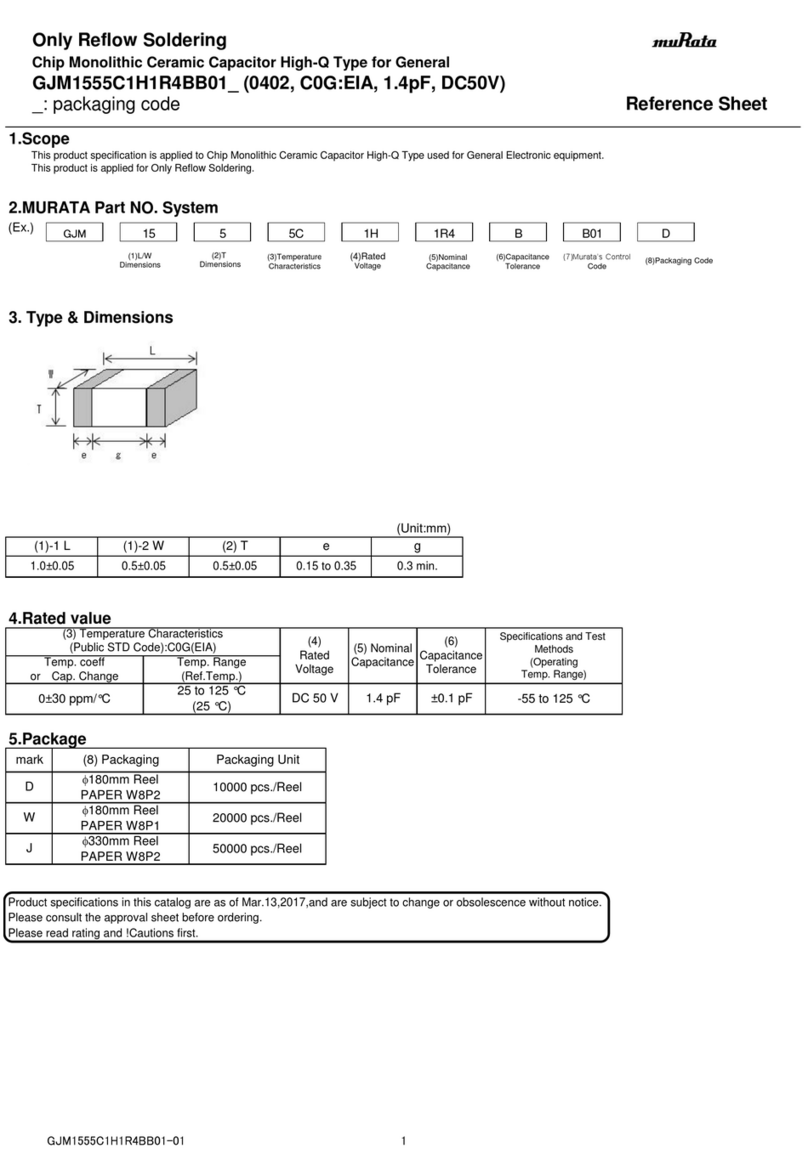
Murata
Murata GJM1555C1H1R4BB01 Series User manual
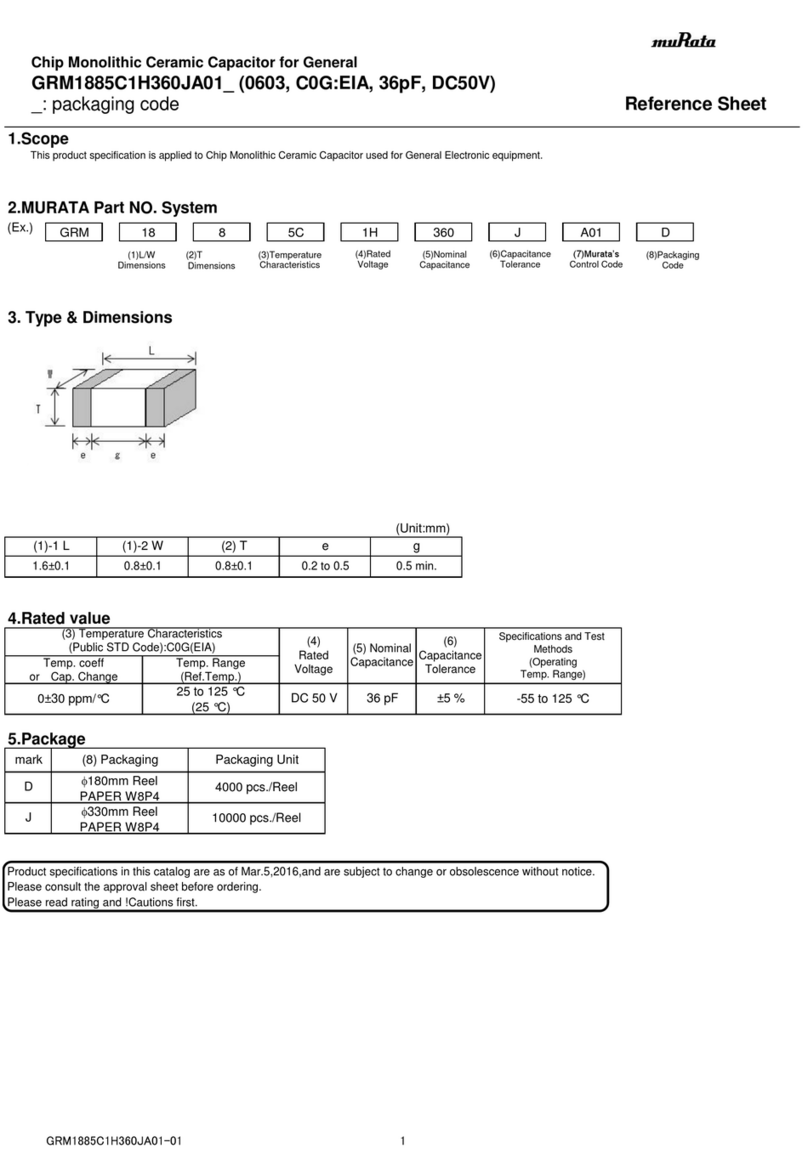
Murata
Murata GRM1885C1H360JA01 Series User manual
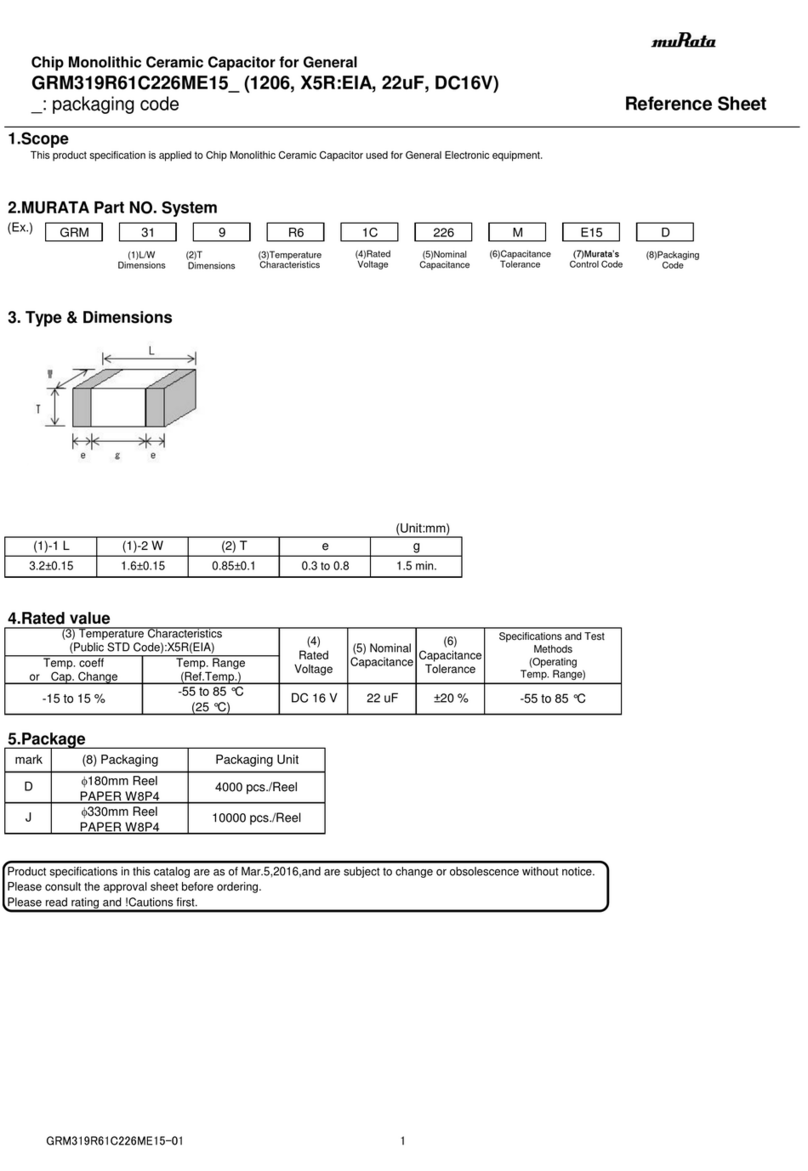
Murata
Murata GRM319R61C226ME15 Series User manual
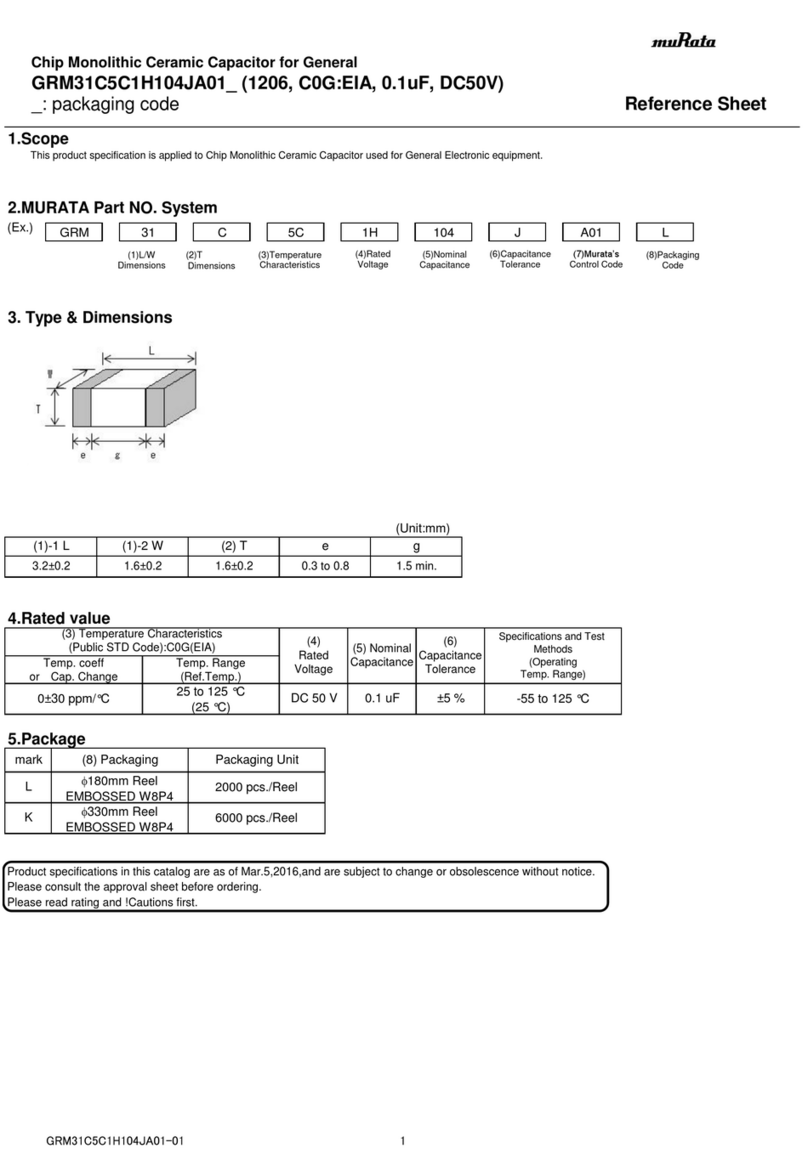
Murata
Murata GRM31C5C1H104JA01 Series User manual

Murata
Murata GRT155C81E224KE01 Series User manual
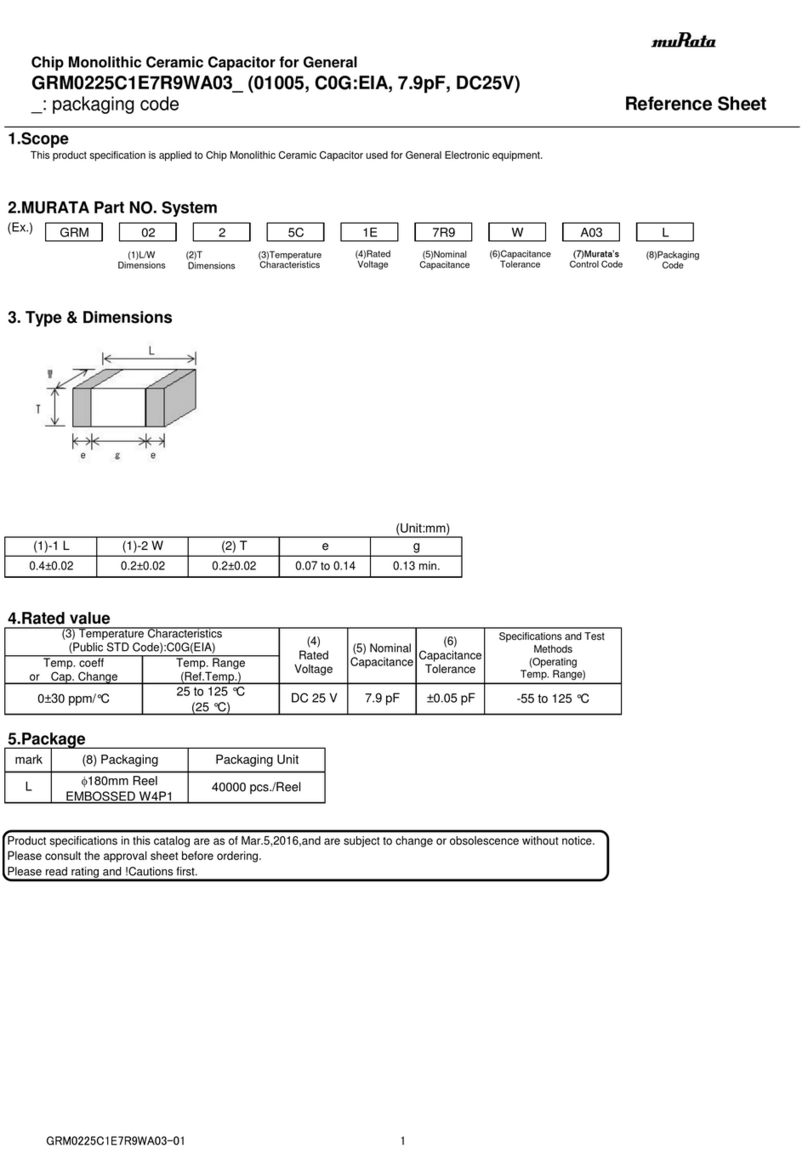
Murata
Murata GRM0225C1E7R9WA03 Series User manual
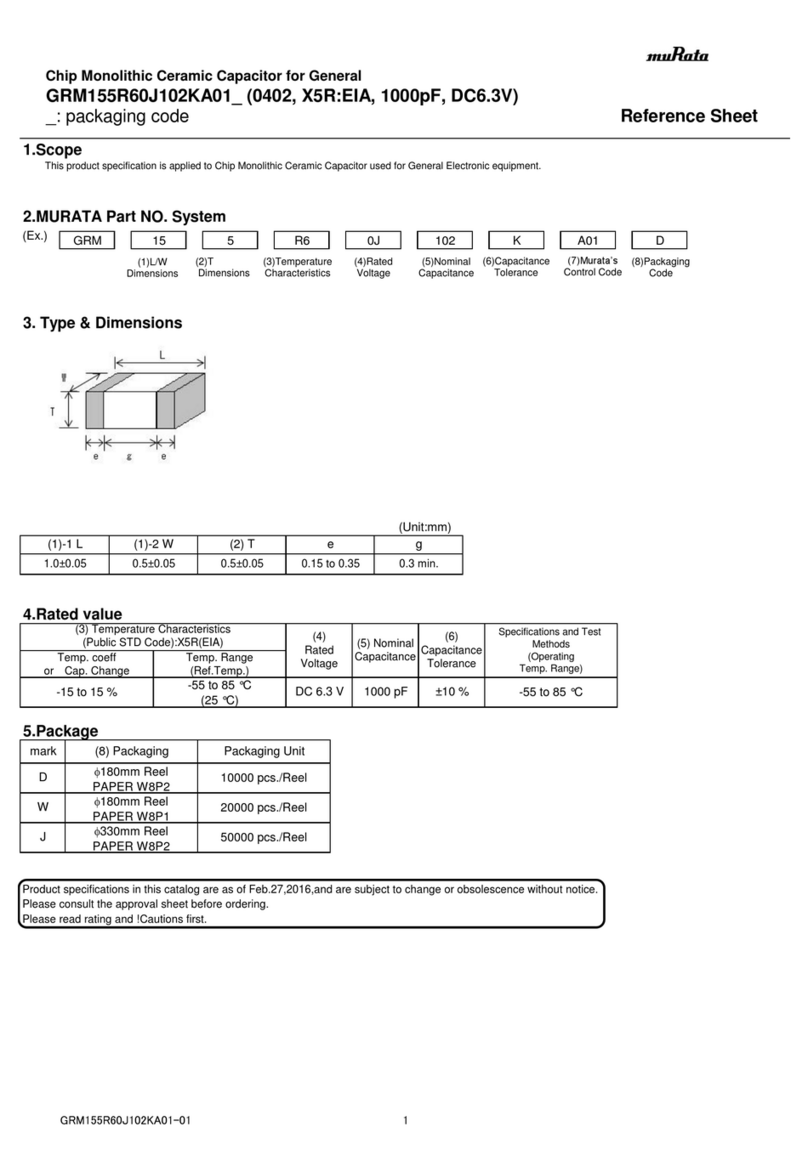
Murata
Murata GRM155R60J102KA01 Series User manual
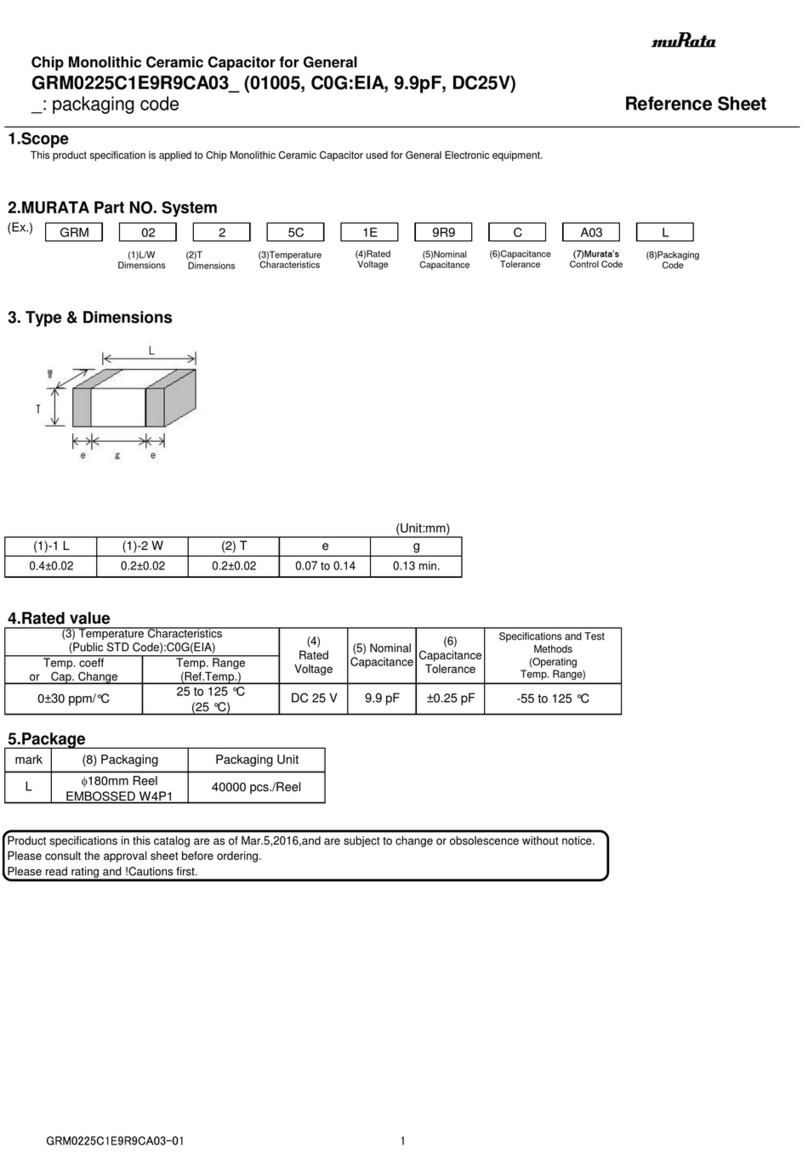
Murata
Murata GRM0225C1E9R9CA03 Series User manual
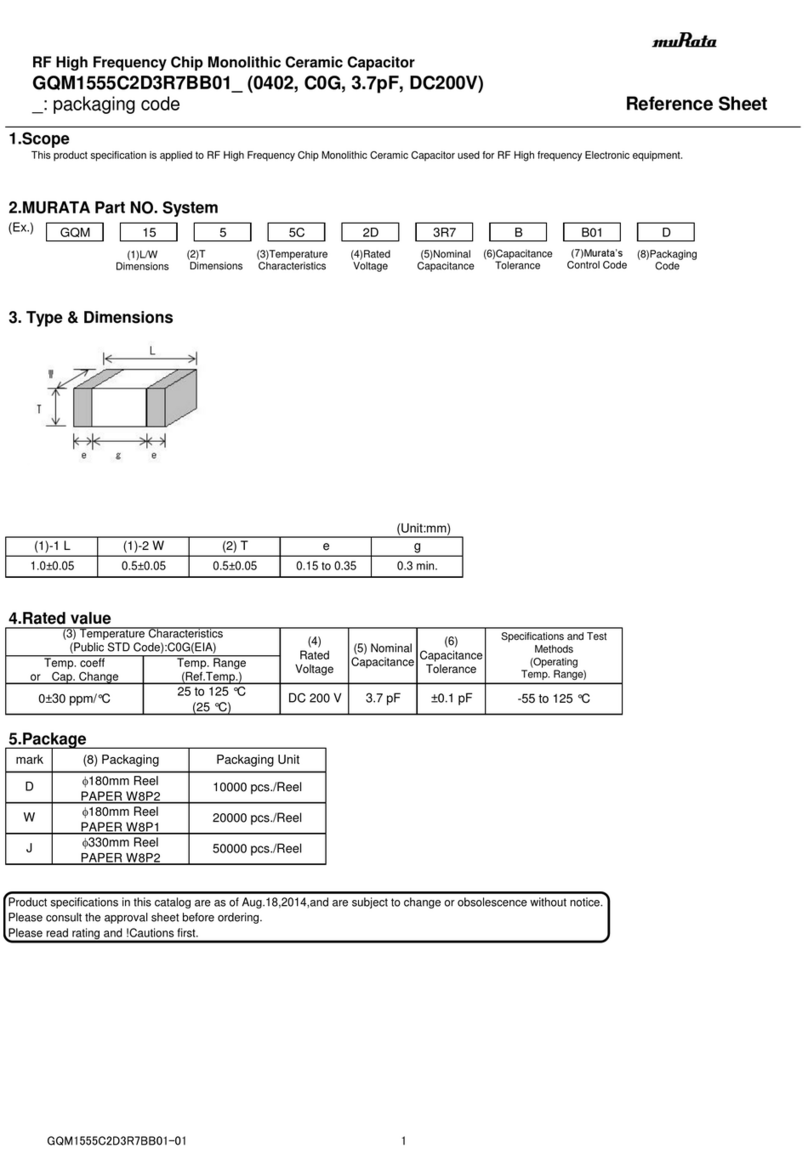
Murata
Murata GQM1555C2D3R7BB01 Series User manual

Murata
Murata GRT188C81C105ME13 Series User manual
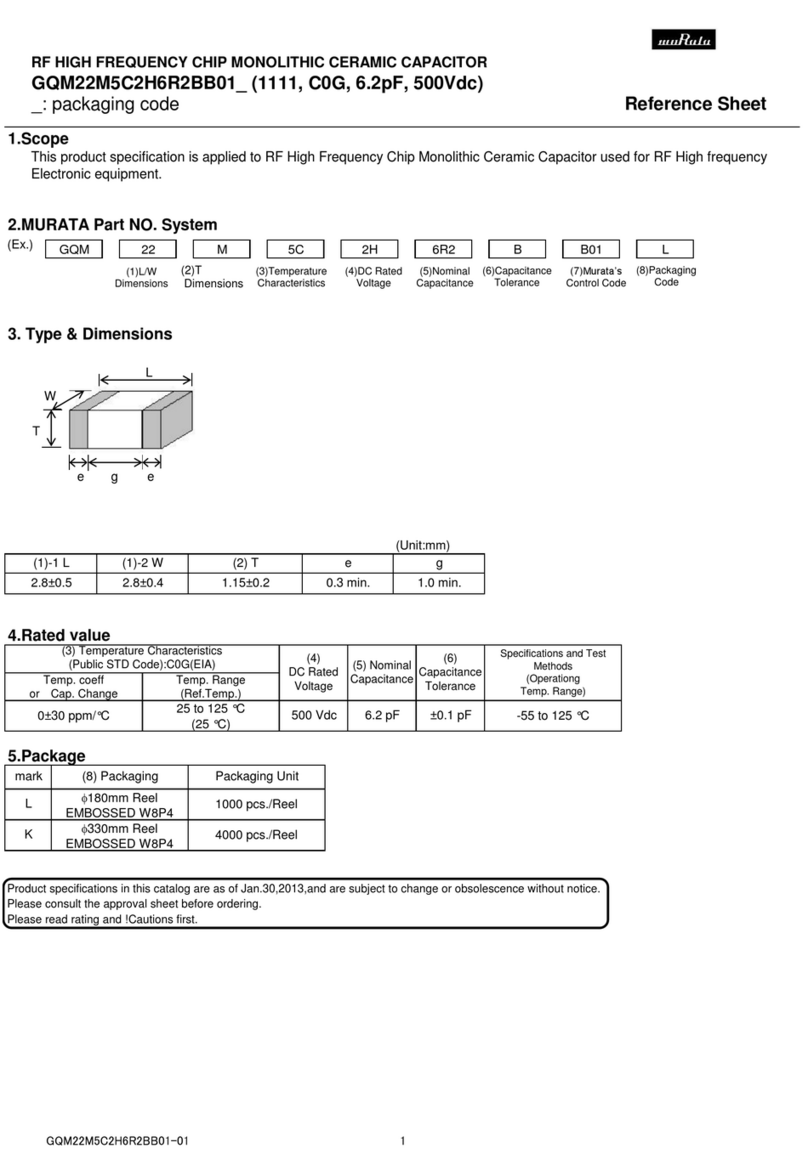
Murata
Murata GQM22M5C2H6R2BB01 Series User manual
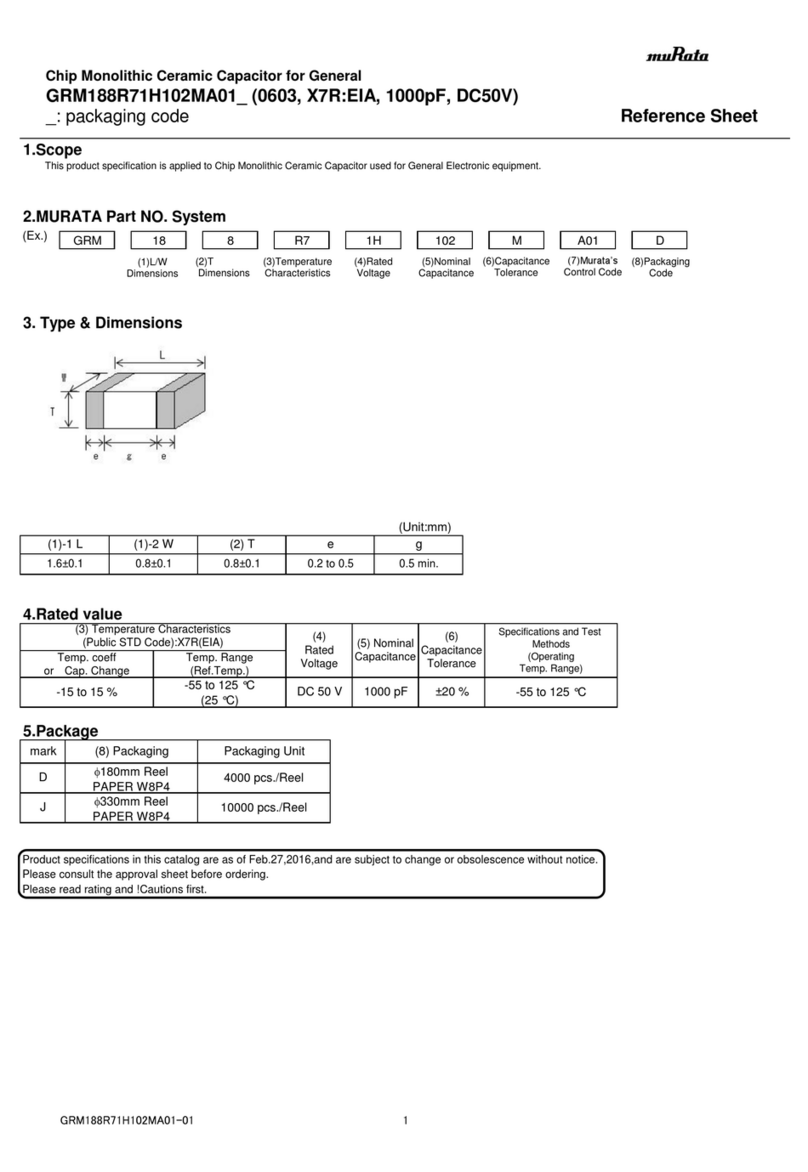
Murata
Murata GRM188R71H102MA01 Series User manual
Popular Industrial Electrical manuals by other brands
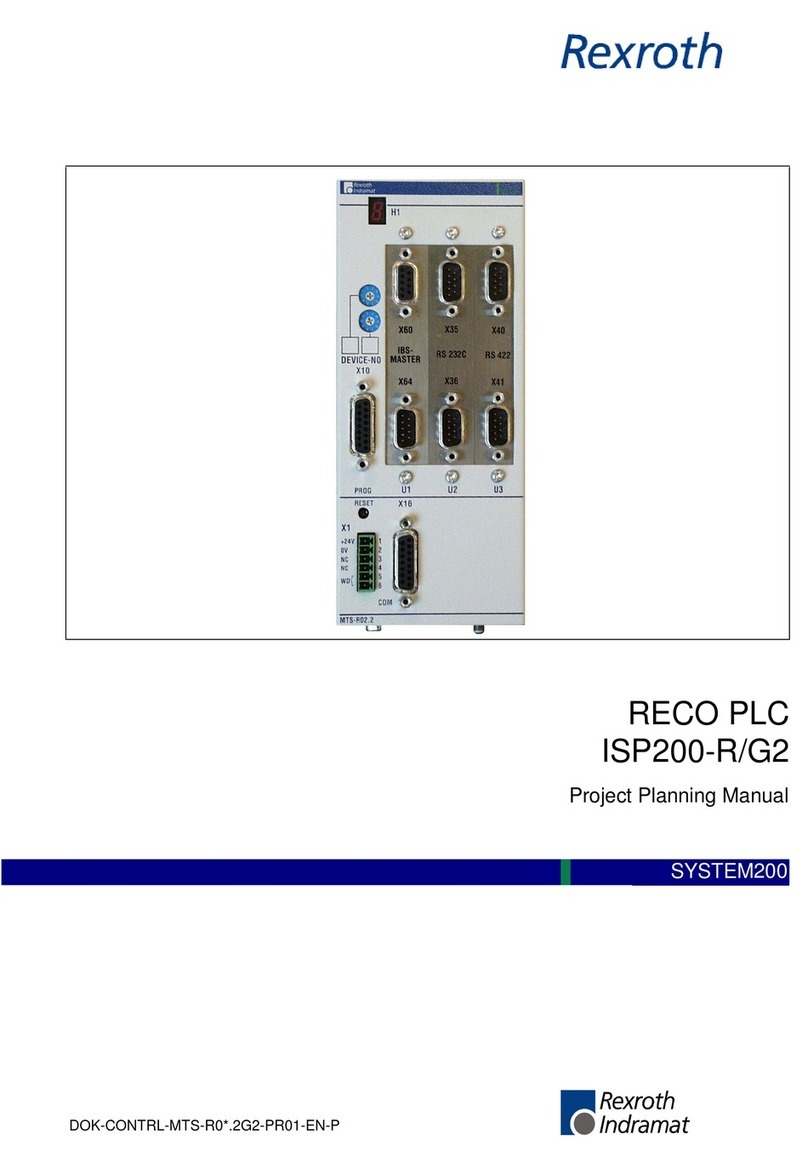
Rexroth Indramat
Rexroth Indramat DURADRIVE SYSTEM200 Project planning manual

Abtech
Abtech HVJB Series Installation, operation & maintenance instructions

SAF-HOLLAND
SAF-HOLLAND CBX 5415.5 Installation and operation manual

Eaton
Eaton Ulusoy HMH24-04 user manual

Newlong
Newlong NP-7H NSTRUCTION MANUAL/PARTS LIST

Stahl
Stahl 8575/12 operating instructions

SI
SI Pegasus installation instructions

Cooper Power Systems
Cooper Power Systems VXE15 Installation and operation instructions

S&C
S&C Vista SD manual

Siemens
Siemens 3VA9988-0BM10 operating instructions
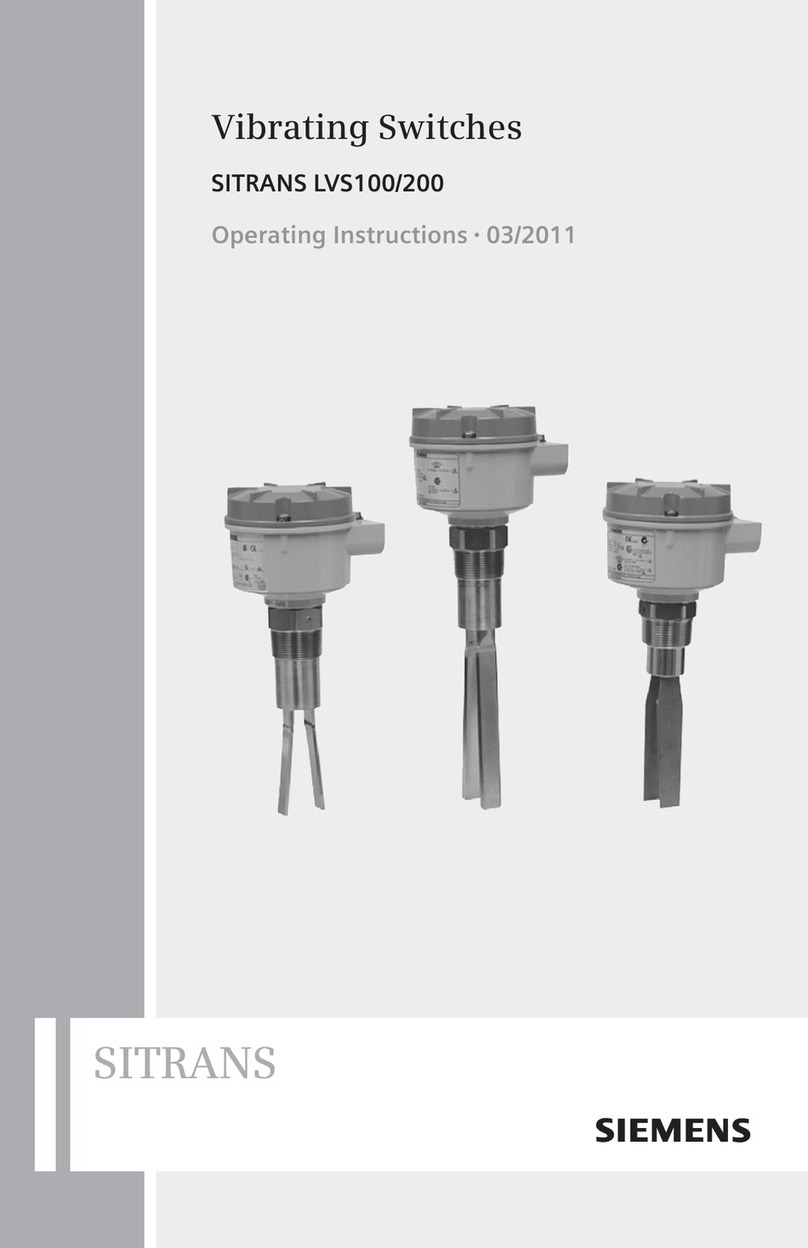
Siemens
Siemens SITRANS LVS100 operating instructions
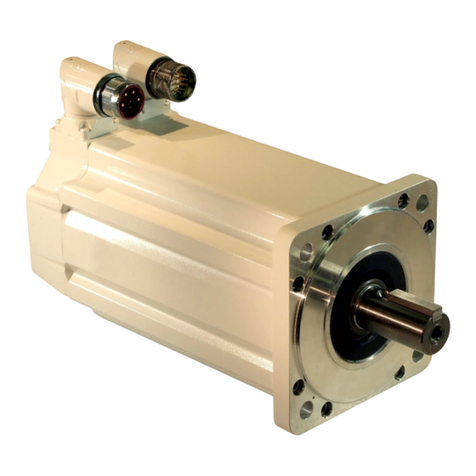
Rockwell Automation
Rockwell Automation Allen-Bradley MP-Series installation instructions

